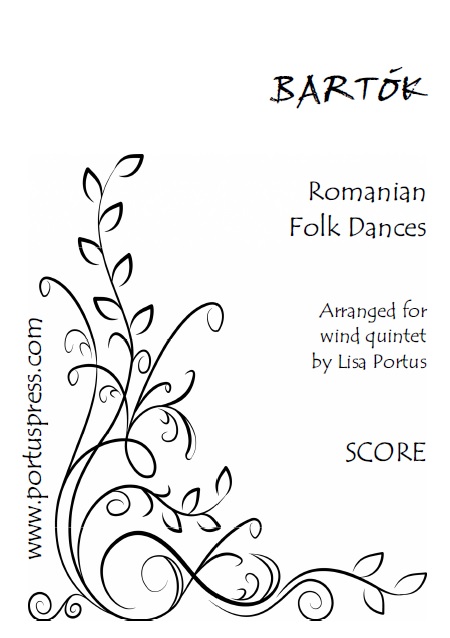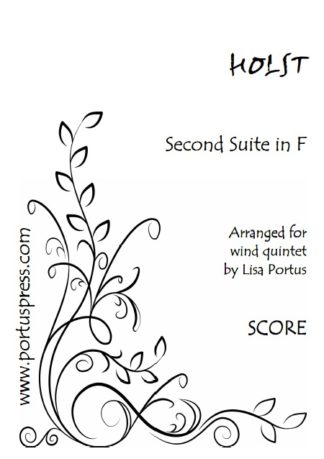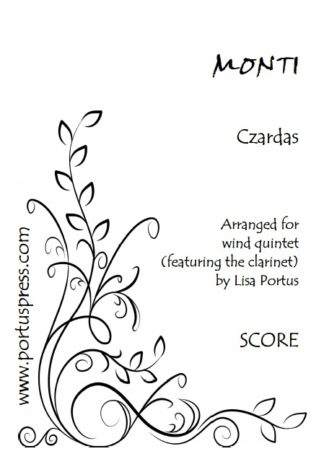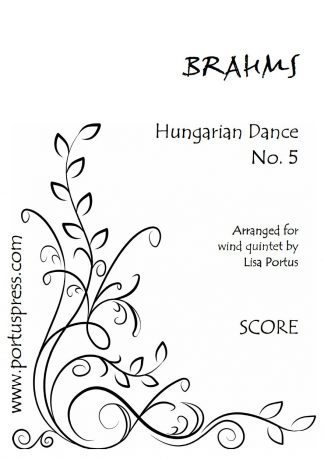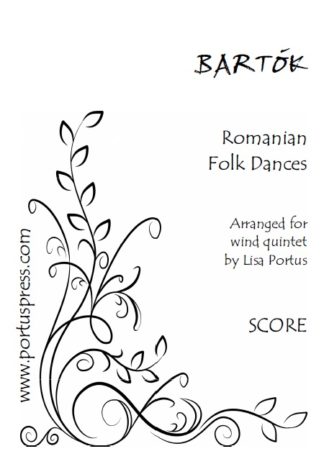Description
In the early years of the 20th century Béla Bartók (1881-1945) and fellow composer Zoltán Kodály went on numerous trips together travelling to the most remote regions of Hungary to notate and record the folk music they encountered. Bartók transcribed around 3500 Romanian folk tunes and used them to inspire his own compositions. In 1915 he took seven of these Romanian folk melodies and created a suite for piano solo. Two years later Bartók orchestrated the Romanian Folk Dances, as they are now known. The suite of seven movements lasts just six minutes:
- Stick dance: a solo dance for a young man, which includes kicking the ceiling.
- Sash dance: derived from a spinning song with dancers holding each other’s waists.
- In one spot: here the music has a distinctly Middle Eastern, darker character. The dancers stamp on one spot.
- Dance from Bucsum: a traditional dance with rich Arabian colours.
- Romanian polka: a lively dance which flits between 2⁄4 and 3⁄4 time.
- & 7. Fast dances: the two concluding courting dances – featuring fast, tiny steps – are played one after the other without pause.
Arranged for wind quintet, with the flute doubling on piccolo.

